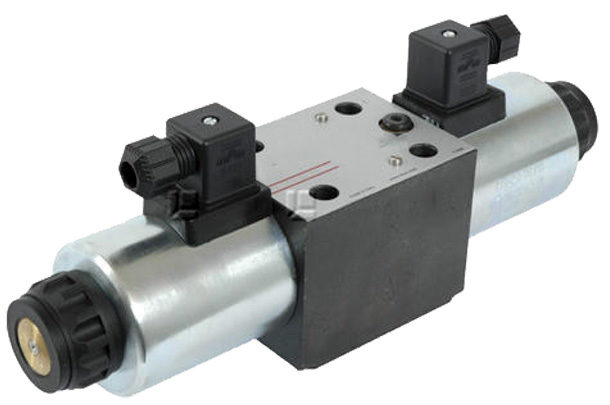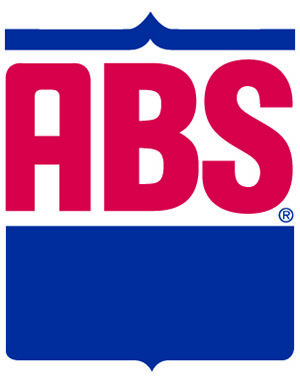Solenoid valves are an essential part of any hydraulic system, and they can fail for many different reasons. They’re used in all sorts of industries like commercial hydroponics, plumbing, oil refining, chemical processing plants and pharmaceutical manufacturing facilities, and automotive assembly lines for precisely controlling the flow rate of liquids and gases through systems.
If you’re experiencing problems with your solenoid valve, continue reading to learn about some of the most common problems with these types of valves and the recommended solutions.
Solenoid valve leaks
One of the most common problems with solenoid valves is leaks. It’s important to identify the cause of leaks and take steps to fix them quickly so they don’t continue happening over time. There are a few reasons for leaks, such as worn seals, bent or bad components in solenoid valve seats or O-rings, corrosion buildup on valve surfaces or dirty fluid inside the system.
If you find out where your leak is coming from, you can replace damaged seals or other internal parts with new ones, preventing future problems with your solenoid valve leaking more fluid down the road. Sometimes, you might not know exactly what’s causing your problem. If you notice an increase in pressure downstream than normal (high downstream pressure), this usually indicates a problem within that area.
To fix leaks, take these steps:
- Stop the pump.
- Check downstream pressure for a leak.
- Regularly check the seal and parts in your solenoid valve for leaks.
- Repair or replace damaged parts in your solenoid valve.
- When you are sure there is no more leakage, restart the pump.
A little preventative maintenance can make a big difference to how long your valves last. Keeping these simple steps in mind should help avoid future problems with your solenoid valve leaking fluid down the road.
Problem No. 1: Doesn’t open properly
Solenoid valves may also fail to open properly when repeatedly exposed to high temperatures found in an engine bay, a leaking solenoid or a dirty plunger. The solenoid may not release the plunger when it is supposed to, causing a partial or complete seal of fluid flow at that point. This will cause an increase in pressure and temperature until your system blows up, which can cause further problems.
This is one of the most common problems that can occur with any solenoid valve in liquid circulatory systems because there will always be some sort of contamination entering through seals or other points. Solenoids have an increased chance for failure when exposed to extreme environments where they might overheat, which leads to partial seal failures – so keep them out of hot areas.
To fix this problem, take these steps:
- Replace the solenoid’s seals with new ones. This should be done by somebody qualified to do this job.
- Lubricate the solenoid seals before replacing them. Doing so will make for an easier replacement and help prevent future problems from occurring. Consult your manual or find out what type of lubricant is recommended, knowing which one would work best.
- Tighten all bolts that are found on the bolt assembly plate if repairs have been made to any other parts aside from just the seals (e.g., tighten any exposed bolts).
Problem No. 2: Doesn’t close properly
If your solenoid doesn’t close properly, it may cause the fluid flow to stagnate and backup to occur at a certain point in the system. This can lead to overheating, which could eventually destroy heat-sensitive components such as hoses or thermoplastic parts. There are many causes for this problem, including dirt on the plunger head, corrosion buildup around pins or a stuck plunger.
The best way to solve this problem is by cleaning or replacing the solenoid valve assembly. If you are unsure what type of solenoid your system uses, consult an experienced technician for guidance on how to fix it safely and quickly. To fix this problem, follow these steps:
- Turn off the fluid flow to your system.
- Detach any hoses, pipes or electrical wires from the solenoid valve assembly that are in use.
- Apply compressed air (or liquid nitrogen) around the pins of the plunger head to clean away dirt and corrosion buildup.
- Clean out sediment near the gasket seal by using a wire brush or twisted cloths with solvent on them; be careful not to damage sealing surfaces. If it appears dirty, replace this component with a new one.
Problem No. 3: Coil issues
Solenoid valve coils can develop problems with the wiring, insulation and contact points. A coil needs to be cleaned, which is done by removing any debris from around it that might cause a short circuit or corrosion. The coil should then be inspected for damage such as loose windings and broken wires. It’s also important to check whether there are cracks in the insulation or if something has melted through it because this could lead to an electrical fire.
If these things aren’t fixed right away, they will increase your risk of experiencing failure at some point.
To fix coil problems, take these steps:
- Inspect the coil for any corrosion or loose wire connections. If there is a problem, it will need to be repaired before you can continue using the solenoid valve.
- Clean out and inspect all related contact points found on either side of where electricity flows through from one end to another. This includes terminals, wiring connectors and coils such as those found in valves embedded in machinery operating at high temperatures.
- If your current system isn’t working properly, then this may just require replacing some parts rather than fixing them, which could save time if done by an experienced professional service technician who has experience with these types of repairs.
Problem No. 4: Intermittent valve noise
At some point, you may experience intermittent valve noise with your engineering pneumatic flow control valves with linear motion potentiometers or other types of solenoid valves. This noise is often caused by debris that has become lodged in the valve’s linear motion potentiometer. Another cause could be the valve’s solenoid coil becoming dirty or contaminated. The noise can start as a simple screeching noise or a clicking.
To solve this problem, follow these steps:
- Turn the valve off and remove it from service.
- Drain any lubricant or gas in the line and clean out any debris.
- Remove the linear motion potentiometer cover (if applicable) with a Phillips screwdriver to expose its internal components, then use compressed air or another suitable tool to blow dust/debris from the internal parts of the valve.
- Replace the cover and re-install the solenoid valve to service.
- Repeat these steps as necessary until the problem is solved or referred for more in-depth maintenance by an expert technician.
Conclusion
Look out for any of these problems and fix them early to ensure your solenoid valves continue working efficiently. As mentioned earlier, preventative maintenance is the best way to go. Regularly check your valves to ensure they’re operating correctly and make any necessary repairs or replacements as needed.









